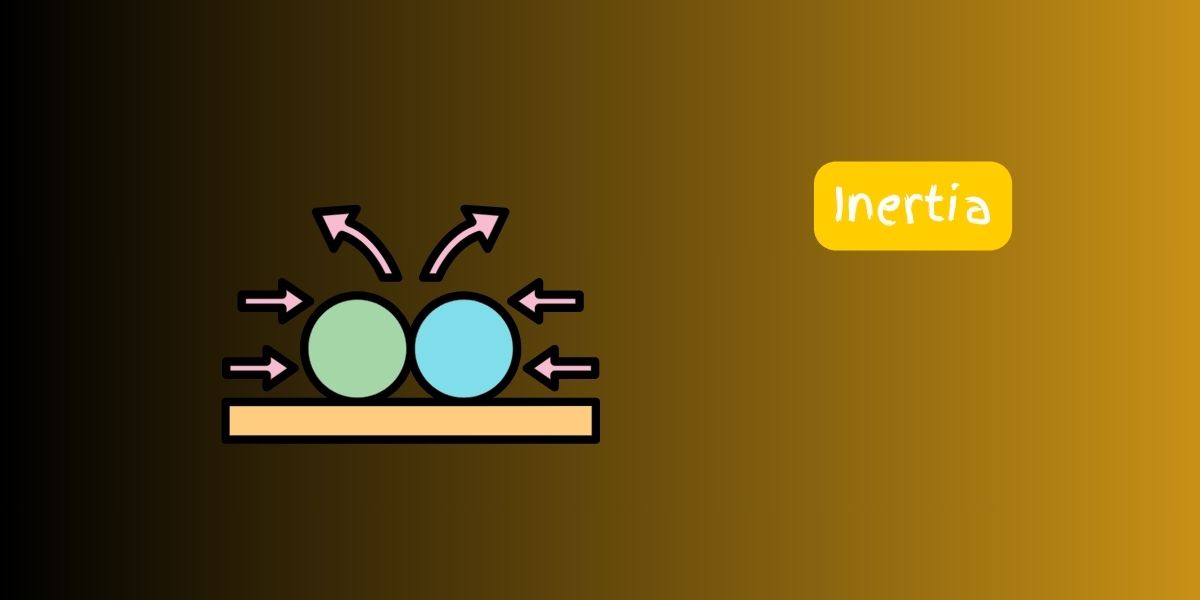Inertia is a concept in physics that describes an object’s tendency to resist changes in its state of motion. In simpler terms, it means that objects like to keep doing what they’re already doing—whether they’re at rest or moving.
Here’s an example of inertia for kids:
Imagine you’re sitting in a car that suddenly comes to a stop. When the car stops, your body still wants to keep moving forward because of inertia. That’s why you might feel like you’re being pushed forward into your seatbelt. Similarly, when the car starts moving again, your body tends to stay in its place until a force (like the seatbelt or the back of the seat) pushes you forward.
Inertia can also be seen when you’re playing with toys. For instance, if you push a toy car, it will keep moving until something stops it—like hitting a wall or running out of energy. This is because of its inertia, which makes it want to keep moving in the direction it was pushed.
Inertia is why it’s important to wear seatbelts in cars and helmets when riding bicycles. They help protect us from sudden changes in motion by providing a force that helps us stop or change direction safely.
So, inertia is all about objects wanting to keep doing what they’re already doing—whether it’s moving or staying still.


No responses yet